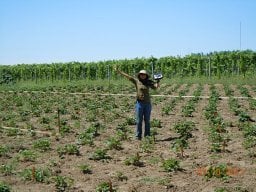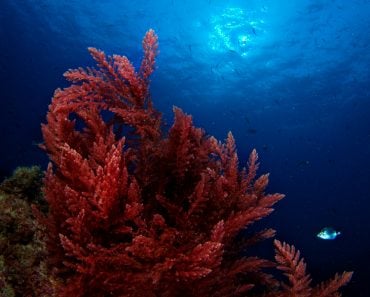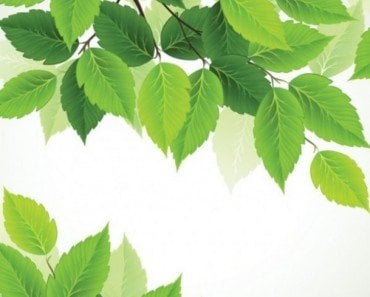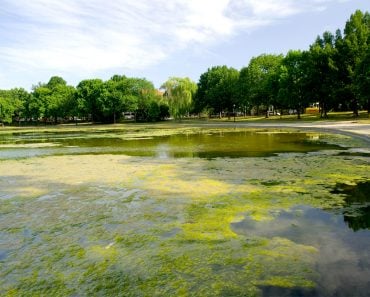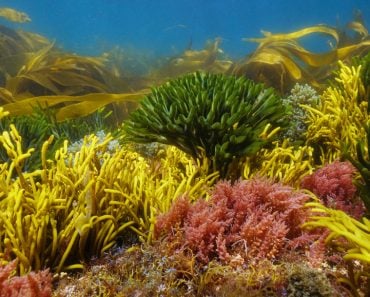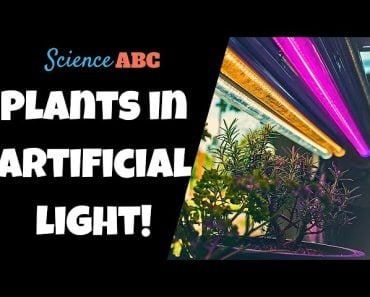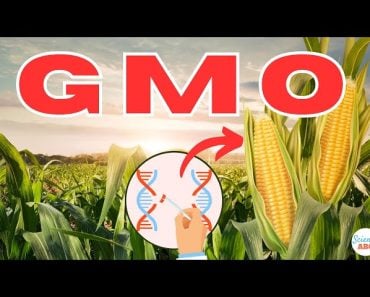Table of Contents (click to expand)
When potato tubers are exposed to light, they turn green because they produce chlorophyll. Along with the chlorophyll, the tubers also produce chemical substances called glycoalkaloids (GA). GAs are toxic to humans and, if consumed, in high quantities, can lead to severe symptoms.
We eat a lot of potatoes. They are the third most important crop in the world based on human consumption and 376 million metric tons of potatoes were produced worldwide in 2021. According to data from the USDA, when Americans are at home, they consume 28% of the potatoes in the form of chips, and while they are traveling, they consume 59% of their potatoes in the form of fries.
On some of those potatoes, chips or fries, you may have noticed a slight greenish tinge. There are even some rumors on social media that greenish potato chips are harmful, but that one green chip that you ate the other day didn’t really make you ill, so is there any truth to the rumor?
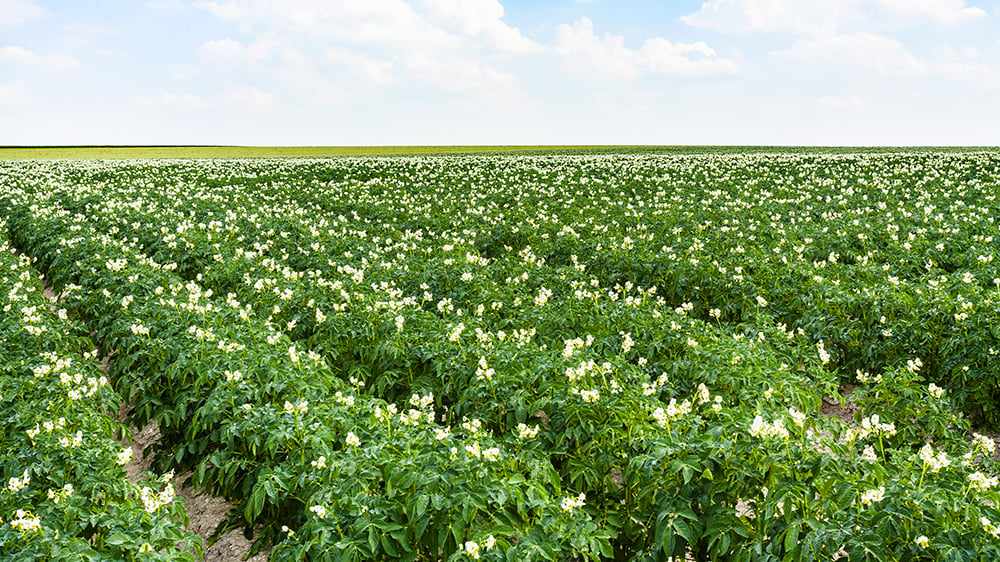
Recommended Video for you:
Why Do Potatoes Turn Green?
Potatoes (Solanum tuberosum) belong to the Solanaceae family, along with popular vegetables like tomatoes and eggplant.
We eat the starchy modified stem, called the tuber, of the plant. Although few of us have seen what a potato plant actually looks like (potatoes primarily grow underground), the plant bears flowers and berries that can contain 100-400 seeds. However, potato is usually vegetatively propagated through portions of the tuber.
The potato tubers turn green when exposed to light or low temperatures. This can happen either when the tubers are growing (attached to the plant) or during storage after harvest. How much the potato greens depends on genetics; some varieties are more sensitive to light exposure than others.
Greening is not a desirable trait for potatoes. It happens because the cell organelle that stores starch (amyloplast) converts into a chloroplast, which produces chlorophyll. Greening is usually associated with the production of certain biochemicals called glycoalkaloids (GA).
Potato Tubers Contain Glycoalkaloids
Glycoalkaloids (GA) present in green potato tubers are toxic. The chemical is also present in other vegetables, such as eggplant and tomato. The plants produce glycoalkaloids to protect themselves from pests and pathogens. This production is a defense mechanism.
According to regulations, the maximum amount of glycoalkaloids in one kilogram of potatoes (fresh weight) should be 200 mg total, and when varieties with higher levels are identified, they are removed from the market.
Many glycoalkaloid molecules are found in potatoes, but two of them, α-chaconine and α-solanine, account for 95% of the glycoalkaloids.
α-chaconine and α-solanine, along with other GAs, are present in all parts of the potato plant. The highest concentrations are present in the green parts, such as leaves, and in flowers and fruits. The white parts (tubers) contain a small amount of GA. Exposing the tubers to light or low temperatures results in increased production of GA.
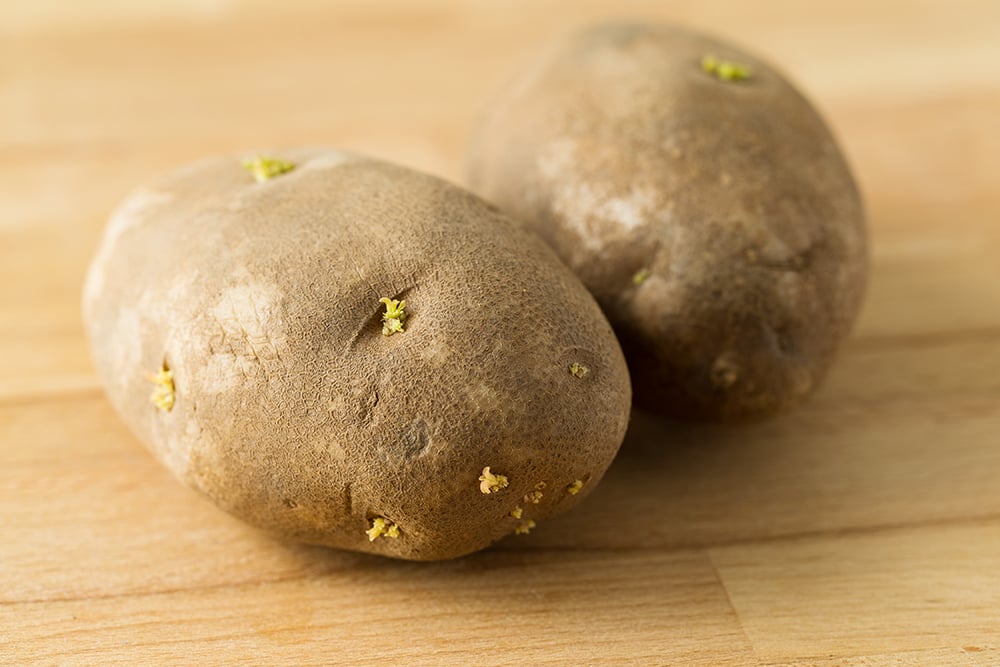
GA Is Toxic
Glycoalkaloids work by affecting the nervous system of an organism. They are neurotoxins, and in humans they usually cause only mild symptoms, such as headache, nausea and diarrhea. However, in the varieties of potatoes that contain high levels of these chemicals, they can lead to more severe effects.
Severe cases of GA toxicity can result in paralysis, respiratory problems, cardiac failure, coma, and death. These effects have been observed at doses of 3-6 mg GA per kg body weight.
There is no data available on whether repeated or long-term exposure to GA can have any health effect.
When Green Potatoes Led To Poisoning
If we search through historical reports, we can find multiple incidences of green potato poisoning. Most notable among them is the report from 1979, where 78 school children fell ill after eating potatoes that had been left in storage for several months. The boys had gastrointestinal, circulatory, neurological and dermatological symptoms, and when the potato waste was tested, the amount of solanine was found to be excessive.
In another incident reported in 1925, a family of seven fell ill after eating green potatoes and two of them died. The symptoms included vomiting, diarrhea, exhaustion, and restlessness.
Modern potato varieties are screened for their GA content and varieties with genetically high GA are withdrawn from the market. Therefore, the only way to come across high GA in potatoes is when the tubers have developed a greenish color.
Should you worry about the greenish potato chips that you ate accidentally? While the green color certainly indicates the presence of chlorophyll and GA, the GA content is so low that eating one random chip will certainly not make you sick.
Conclusion
α-chaconine and α-solanine are glycoalkaloids that are present in all parts of the potato plant. However, the levels are lower in the edible tubers. When the tubers are stressed or exposed to light and cold temperatures, they turn green. At the same time, they produce increased levels of GA.
Thus, it is important to store potatoes away from light. According to the USDA, it is best to discard green potatoes, but if you must eat them, you should remove all the green parts, as well as the skin and any developing shoots.
References (click to expand)
- Nahar, N., Westerberg, E., Arif, U., Huchelmann, A., Olarte Guasca, A., Beste, L., … Sitbon, F. (2017, March 3). Transcript profiling of two potato cultivars during glycoalkaloid-inducing treatments shows differential expression of genes in sterol and glycoalkaloid metabolism. Scientific Reports. Springer Science and Business Media LLC.
- Dhalsamant, K., Singh, C. B., & Lankapalli, R. (2022, October 19). A Review on Greening and Glycoalkaloids in Potato Tubers: Potential Solutions. Journal of Agricultural and Food Chemistry. American Chemical Society (ACS).
- Chain, E., Schrenk, D., Bignami, M., Bodin, L., Chipman, J. K., del Mazo, J., … Grasl‐Kraupp, B. (2020). Risk assessment of glycoalkaloids in feed and food, in particular in potatoes and potato‐derived products [JB]. EFSA Journal, 18(8).
- Green Potatoes & Potato Sprouts - missouripoisoncenter.org
- Are green potatoes dangerous?.

